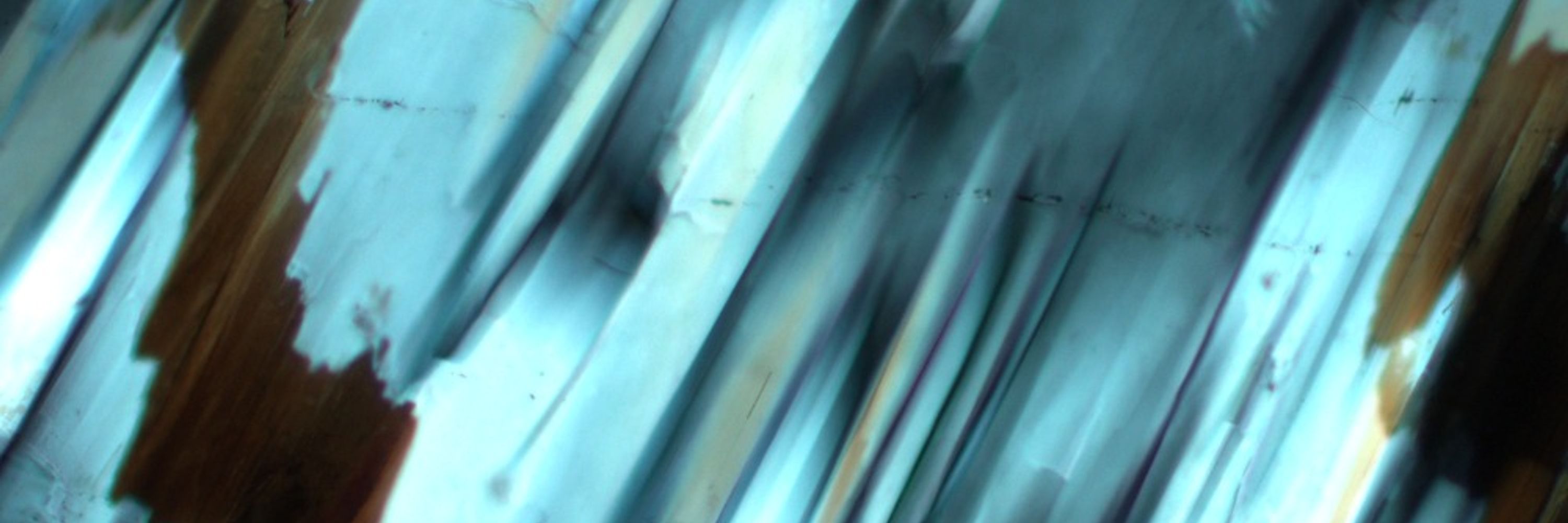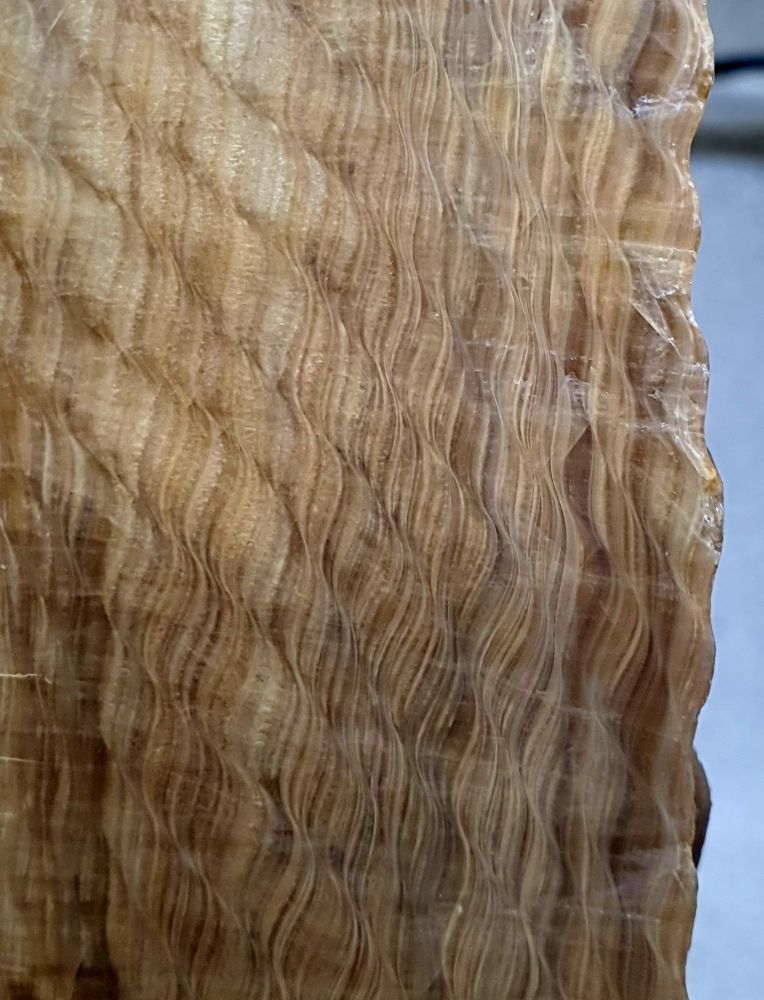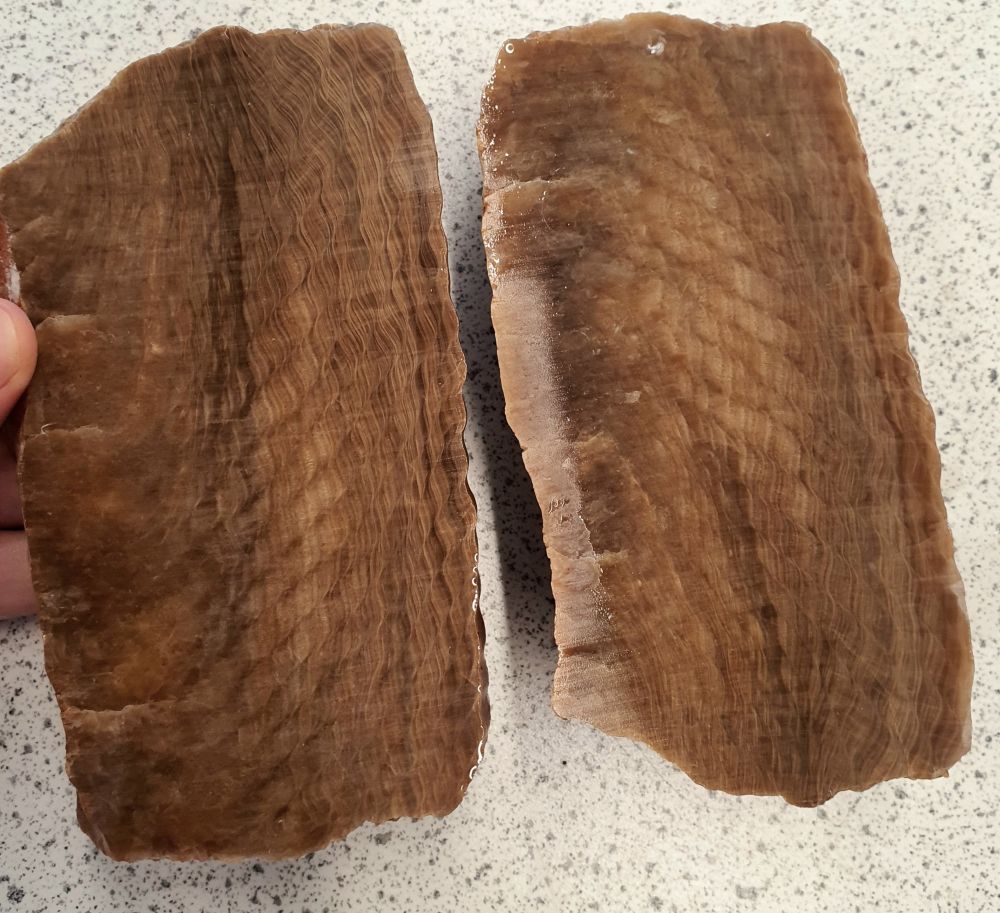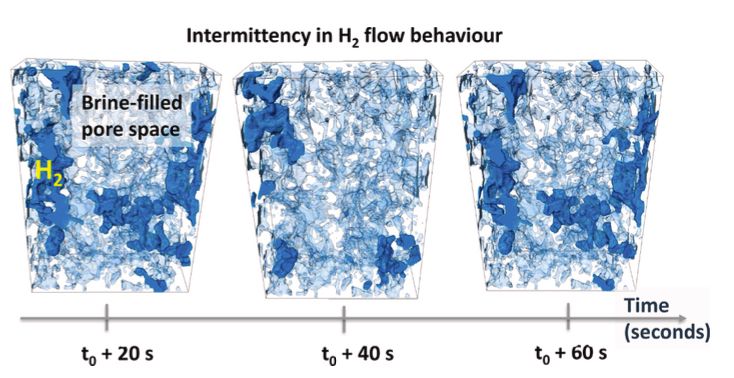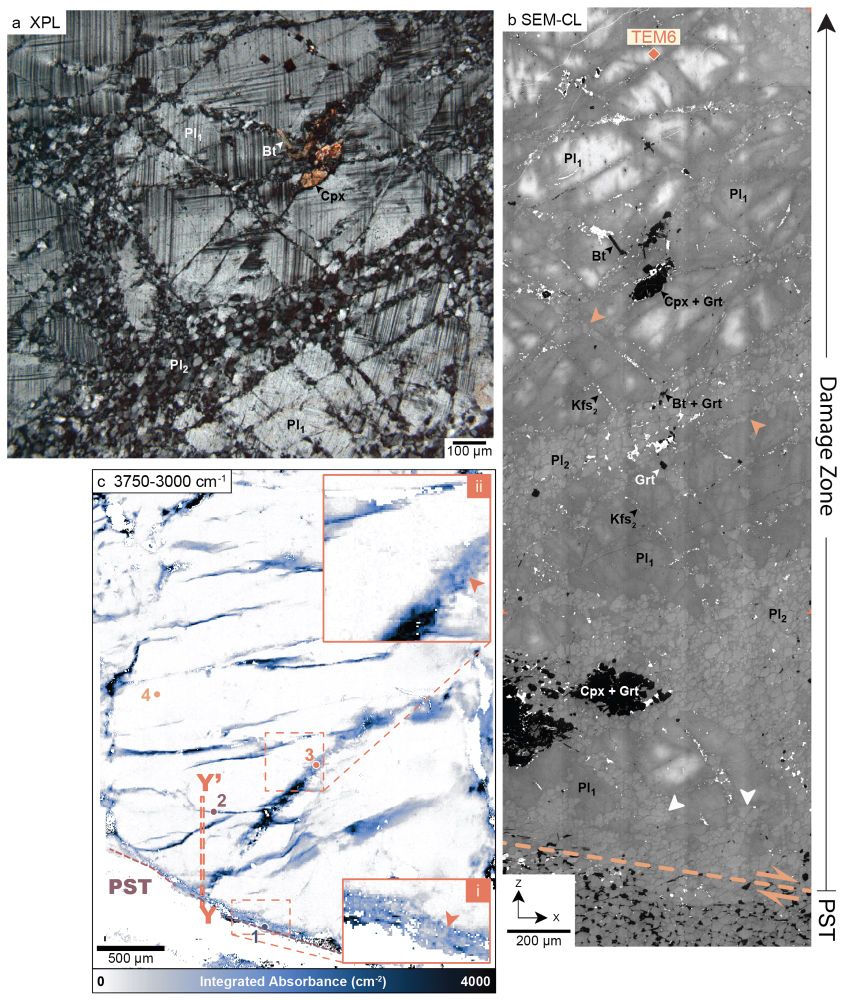Hugo van Schrojenstein Lantman
@hugolantman.bsky.social
790 followers
470 following
92 posts
Geology Postdoc at Utrecht University
Mechanical behaviour of minerals using nanoindentation
Fan of microstructures, petrology, metamorphism, fluids, subduction, earthquakes, stress and strain.
Occasionally takes pictures of rocks.
Posts
Media
Videos
Starter Packs
Reposted by Hugo van Schrojenstein Lantman
Reposted by Hugo van Schrojenstein Lantman
Reposted by Hugo van Schrojenstein Lantman
Reposted by Hugo van Schrojenstein Lantman
Reposted by Hugo van Schrojenstein Lantman
Reposted by Hugo van Schrojenstein Lantman
Reposted by Hugo van Schrojenstein Lantman
Reposted by Hugo van Schrojenstein Lantman
Reposted by Hugo van Schrojenstein Lantman
RockDefTUD
@rockdeftud.bsky.social
· Apr 3
Reposted by Hugo van Schrojenstein Lantman
Reposted by Hugo van Schrojenstein Lantman
Reposted by Hugo van Schrojenstein Lantman
Reposted by Hugo van Schrojenstein Lantman
Frankie Butler
@frankiebutler.bsky.social
· Jan 16
Reposted by Hugo van Schrojenstein Lantman
Reposted by Hugo van Schrojenstein Lantman
